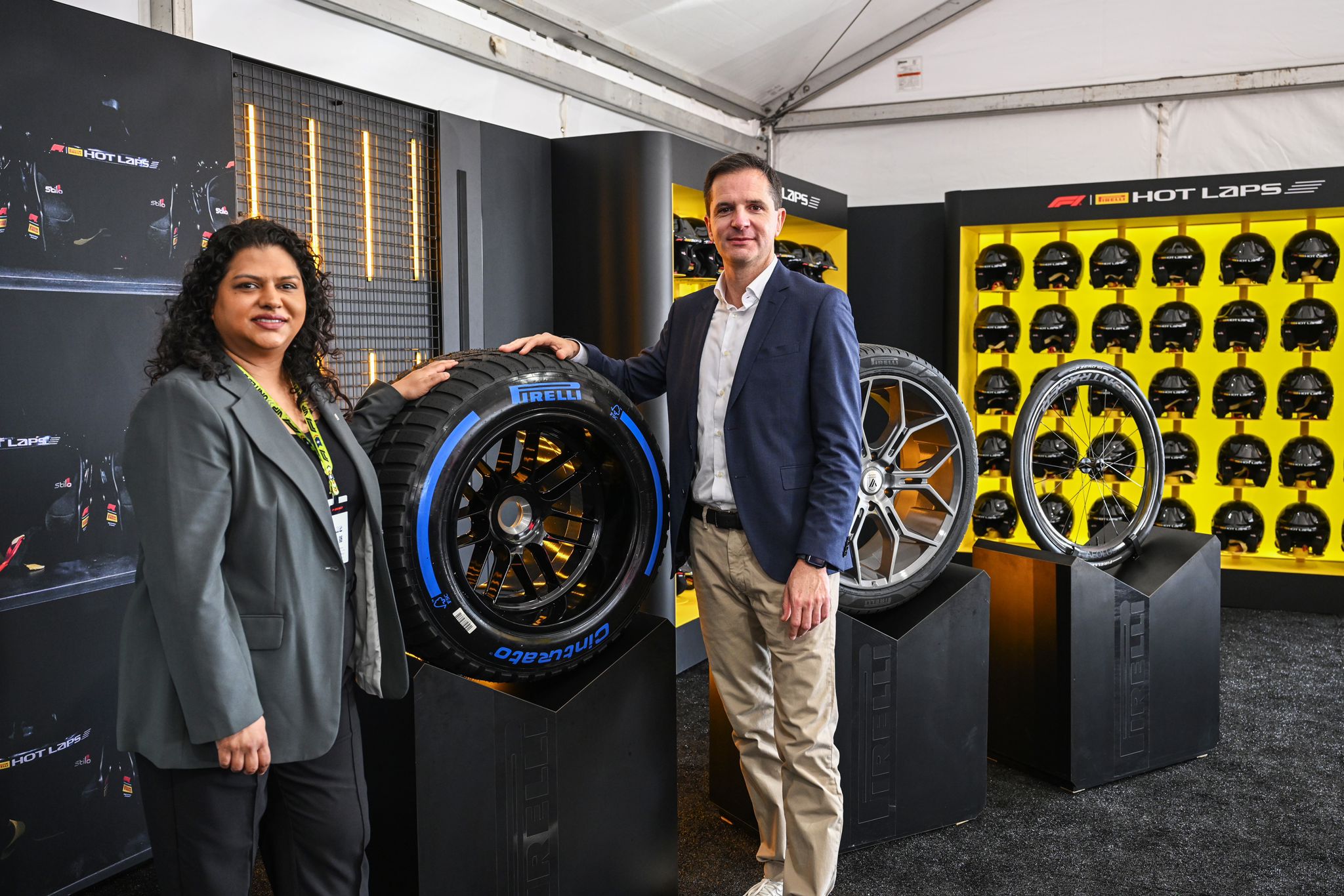 Sign up for daily news updates from CleanTechnica on email. Or follow us on Google News!
Sign up for daily news updates from CleanTechnica on email. Or follow us on Google News!
Last Updated on: 24th February 2025, 06:09 pm
There’s no specific anniversary I’m marking with this article, but with so many notable changes happening in the world right now, I’ve been spending a lot of time reflecting on how cleantech industries — most notably, solar energy, wind energy, electric vehicles, battery storage, and heat pumps — have evolved in the past 15½ years that I’ve been covering them. Unfortunately, it’s not all good, but the overall picture is indeed great.
In 2009 and 2010, wind power was starting to make its mark and grow to a notable size, solar power was still super niche but there was great enthusiasm around its growth and prospects, and electric vehicles were … almost nonexistent. For a few years, these industries grew, but largely under the radar because the scale was still so small (except, perhaps, wind power, which matured sooner and started to become a notable portion of some power markets).
Solar was the next market to really hit its stride and start becoming a big market presence. Costs kept coming down, down, down. Critics and skeptics claimed only 5% of electricity supply on a grid could be from solar or it would collapse, and then that was proven wrong and the figure was 10%, and then 20%, etc. As solar power became a large portion of a few markets, the concerns or mythical blockades to much greater solar power growth fizzled away. Over time, solar power started becoming a notable portion of new power capacity in markets around the world. In recent years, it has become the #1 source of new power capacity! And the costs keep coming down.
Today, solar and wind power dominate new power capacity additions. Of course, as they became a bigger and bigger portion of the electricity pie, battery storage was needed to integrate them effectively into the grid. Luckily, battery prices came down rapidly over the past decade as well and batteries plus solar and/or wind have become the best option in situation after situation.
A big part of the battery cost reductions has been due to the growth of the electric vehicle market. As production increases, costs come down, which leads to more production, which leads to more cost drops. This is the magic of new technology growth. It’s serendipitous, you might say, that electric vehicles have matured just in time to drive battery costs down to supplement wind and solar power growth. Of course, all of those things are needed to prevent extreme and runaway global heating.
We can say that all of this is thanks to technological progress and the magic of the market. However, that would skip the fact that policies have been critical to stimulating and accelerating the growth of these markets. German feed-in tariffs fed the barely sprouting solar market, and then Australia feed-in tariffs did, and then there was the massive policy agenda of the Chinese government as well as tax credits for solar in the US and renewable energy standards/portfolios in various states and utility districts. Electric vehicle growth has varied greatly across the globe as some governments have demanded more or offered bigger incentives than others. As such, in 2024, we had BEVs (full battery-electric vehicles) reach 8% of the US new car market, 16% of the European new car market, 20% of the UK new car market, 25% of the Chinese new car market, 35% of the Swedish new car market, and 89% of the Norwegian new car market. That’s quite a spread, even among “market leaders.” Government policies are often what make the difference.
Some people — technological idealists — like to think that technological adoption will happen in more or less the same way no matter what based on technological advances. They discount the critical, important role of policies. We can live in a very different world in 2030, or especially 2040 and 2050, with certain policies in place than with other ones. That’s what’s so disturbing about the current moment. In some major markets — most notably the US — after making solid progress, initiating massive policies, and gaining a little bit of momentum, we are stomping on the brakes as hard as possible and slowing down cleantech progress to the point that we’re getting whiplash. It makes no sense. It’s extremely counterproductive and, dare I say, idiotic. Why be a laggard and hurt one’s future? Why go backward and cede hot new markets to competitors? Why try to deny progress rather than ride it to a better economic future? It’s just not smart, and it’s not like the past 15 years don’t make it evident where energy and auto markets are headed.
Cleantech progress won’t be stopped, but it is being slowed down. And that’s the last thing we need. I have to borrow from Tina Casey and share one of the important calls to action she’s been putting on the bottom of her articles lately. “After just a few weeks in office, Trump has already turned the US into a Soviet-style satellite state of Russia, up to and including the protection of fossil energy interests. Agree? Disagree? Share your thoughts in the comment thread or, better yet, call your representatives in Congress.” Indeed. There’s nothing good to say about 2025 shifts in US energy policy, and they’re clearly trying to steer us in the wrong direction after years of solid progress. Let your representatives in Congress know today (or tomorrow at least) what you think about that.
We have a lot more choice on the US electric car market than we’ve ever had before, but we still have a lot less choice than those in Europe and China. Aren’t we supposed to be the country that has more market choice, more freedom, and the latest technology? What happened to that United States, and how is taking a chainsaw to several important federal agencies going to help us catch up again? How is that our solution to our economic struggles? How are attacks on wind power, solar power, and electric cars going to help the US compete with rapidly innovating and improving China and Europe? What happened to Americans being visionaries, believers in a brighter future, and technological leaders? How did we become the regressive, grumpy, slow-to-evolve behemoth that wants to sit on a dirty couch, imagine we’re going back to the 1950s, and pretend the world isn’t changing?
The last 15½ years have brought enormous change and progress in clean technology. The next 15½ years surely will as well. But there will be clear winners and losers in this transition, as with technological and industrial transitions in the past. We may not recognize the USA’s role and position in the world in 2040 when reflecting on where the country was in the 20th century.
However, in a comment a month ago, reader “Jon’s Thoughts” put some a positive spin on some of this, while also noting that we don’t yet know how the US auto industry will respond to US government efforts to go backward while most of the world moves forward. “It’s a bit ironic that by withdrawing from the Paris climate agreement that Trump may have strengthened it’s climate mission. He has effectively removed a strong fossil fuel advocacy from influencing its mission, at least that appears to be the consensus of fossil fuel interests from reports I have read. Meanwhile, if the reports I have read are correct, Bloomberg has committed to paying the US share lost in the withdrawal of support.
“As electric car sales continue to grow, it will be interesting to see how the US industry responds. Will it milk domestic sales of ICE, sacrificing future growth or will it ignore Trump and try to compete on the future BEV transition?”
Indeed. Good points and good questions. The rest of the world will move forward, perhaps even faster than if the US was more involved and trying to slow things down. And it is up to the private market in the US to prove it wants to be a leader rather than a laggard. Is it up for that? We will find out, and remember that we still have some agency in the market and politically.
Chip in a few dollars a month to help support independent cleantech coverage that helps to accelerate the cleantech revolution!
Have a tip for CleanTechnica? Want to advertise? Want to suggest a guest for our CleanTech Talk podcast? Contact us here.
Sign up for our daily newsletter for 15 new cleantech stories a day. Or sign up for our weekly one if daily is too frequent.
CleanTechnica uses affiliate links. See our policy here.
CleanTechnica’s Comment Policy




